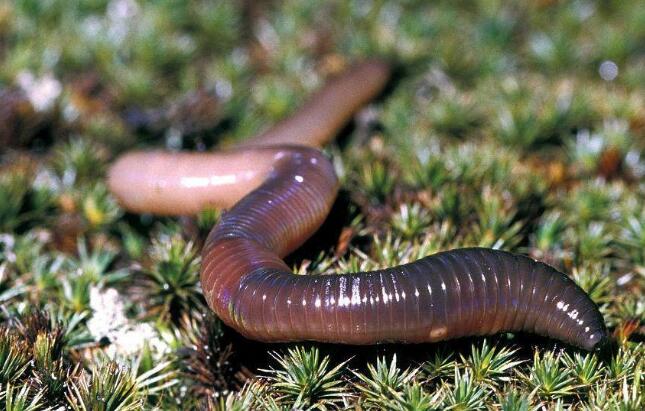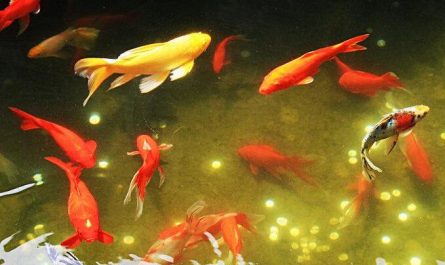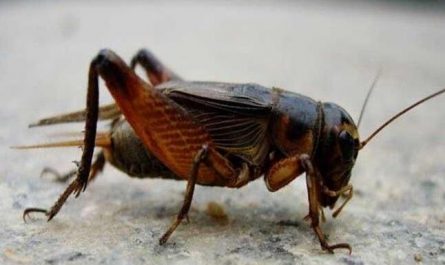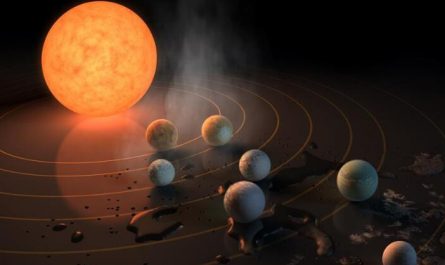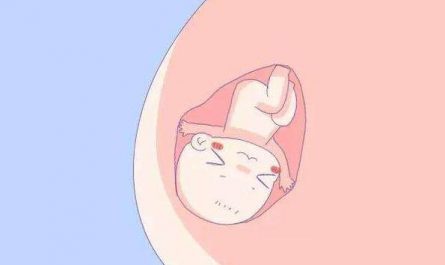The reason why the tail of an earthworm can regenerate
To be precise, it does not necessarily grow into two. Earthworms are a higher type of annelid. The structure is more complicated than many annelids. The digestive system and circulatory system appear, which is the prerequisite for the development of vertebrates!
It is also distributed with dorsal blood vessels. If it loses too much blood when cutting, it may not become two. There are many external factors that can affect its growth. If it is under temperature, pH and sterilization conditions, it may survive. Coming down!
It is like tissue culture of plants. Of course, cutting off earthworms and tissue culture is not a principle, but the lower the organism can be expressed, the greater its ability to develop into the same independent individual…
Earthworms are a kind of lower annelids, born with a head and tail, mouth, stomach, intestines, and anus. Their body is made up of two pointed tubes set together. The outer layer is a body wall connected ring by ring, in which there are many muscular systems composed of mesoderm cells. There is a digestive tract in the body, which runs through the layers of the diaphragm from beginning to end. Between the inner and outer tubes, it is filled with body cavity fluid, and there is a small hole on the ventral surface of each diaphragm, which becomes a channel for body cavity fluid to pass through the body.
If an earthworm is cut into two sections, the muscle tissue on the section will immediately strengthen its contraction, and part of the muscle tissue will quickly dissolve to form new cell clusters. At this time, the white blood cells in the blood gather on the cut surface at the same time, forming a special embolism, which makes the wound close quickly. Its mesodermal cells are very strong.
The organs that earthworms maintain basic physiological activities are transverse throughout the body, such as the digestive tube, excretory organs, renal ducts and metanephric ducts, and nerves (segmented nerve centers) in the abdomen, which can retain their functions after they are broken. Special note is the blood circulation system of earthworms. -Earthworm’s back and abdomen each have a blood vessel that runs through the body. These two blood vessels are connected by the capillaries inside each somite to form a simple blood circulation independently. When the earthworm breaks in the direction parallel to the somite, each somite is inside The tissues and organs can still use capillary blood circulation without necrosis, which is an important condition for survival and regeneration after rupture.
After the earthworm is cut, new cell clusters will be formed on the cross section, forming an embolus to close the cross section to prevent blood loss, tissue fluid loss and microbial invasion. Only by re-forming a closed body cavity can they survive, and the next stage is the regeneration.
Regarding regeneration, the specific mechanism is still unclear, and further research is still needed. At present, there are mainly two different explanation hypotheses. One thinks that the secret lies in the mesodermal cells that act like stem cells. When the break occurs, the undifferentiated mesoderm cells will quickly migrate from the body to the cut surface to form nodular regenerating buds. At the same time, the body is accompanied by a large number of mitosis, and the cells of digestion, nerves, blood vessels and other tissues are transferred to the regenerated buds. Grow. Another possible hypothesis is that the cells at the break will de-differentiate and return to the original undifferentiated state, and then these cells will divide, differentiate, grow, and complete regeneration.
Introduction to earthworms
Earthworms are commonly known as earthworms, also known as eels, and are representative animals of the Annelid oligochaete. Earthworms are saprophytic living animals. They live in a humid environment and feed on decaying organic matter. The living environment is full of a large number of microorganisms but rarely gets sick. This is related to the unique antibacterial immune system in the earthworm.
In the scientific classification, they belong to the order of the unidirectional worms. The body is cylindrical (different from the cylindrical shape of linear animals), symmetrical on both sides, and segmented: It is composed of more than 100 body segments. After the eleventh segment, each segment has a dorsal hole in the center of the back; there is no bone, It is an invertebrate with bare body surface and no cuticle. Except for the first two sections of the body, all other sections have bristles. Hermaphrodite, allogeneic fertilization, produces egg cocoons through the ring during reproduction, and reproduces the next generation. There are currently more than 2,500 types of earthworms. Darwin pointed out in 1881 that earthworms are the most important animal group in the evolutionary history of the world.
Earthworm’s nervous system
Earthworms are typical cable nerves. The central nervous system has a pair of suprapharyngeal ganglia (brain) located on the dorsal side of the third body segment and hypopharyngeal ganglia located on the ventral side of the third and fourth body segments, which are connected by the peripharyngeal nerve. A ventral nerve cord extending from the pharyngeal ganglion to the back of the body, with a ganglion in each section). In the peripheral nervous system, there are 8-10 pairs of nerves from the anterior side of the suprapharyngeal ganglion, which are distributed to the anterior mouth, oral cavity, etc.; the hypopharyngeal ganglion divides the nerves to the body wall of several somites in the front of the body. Each ganglion of the abdominal nerve cord sends out 3 pairs of nerves distributed in the body wall and various organs. The nerves extending from the suprapharyngeal ganglion to the digestive tract are called the sympathetic nerve system.
Every nerve in the peripheral nervous system contains sensory fibers and motor fibers, which have conduction and response functions. Sensory nerve cells can transmit the stimulus received by the epithelium to the adjustor neuron of abdominal neuron, and then transmit the impulse to the motor nerve cell, connect to the muscle and other reactors through the nerve fiber, and cause the reaction. This is simple Reflex arc. The three giant fibers in the abdominal nerve cord run through the entire cord and transmit impulses extremely fast, so earthworms respond quickly to stimulation.
